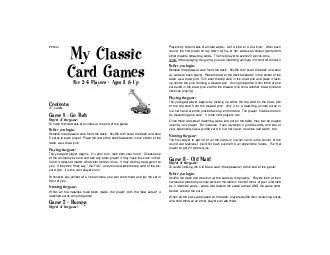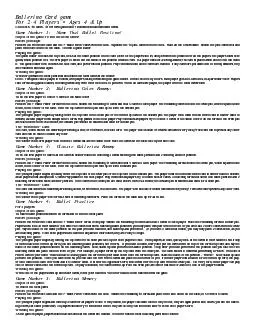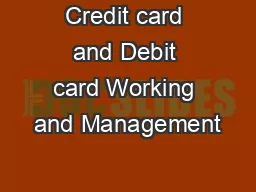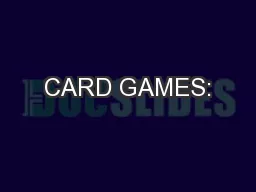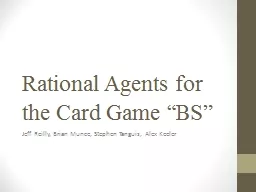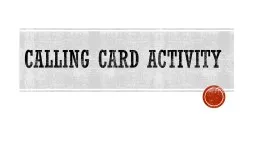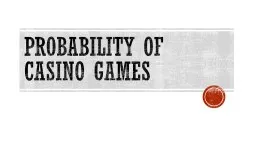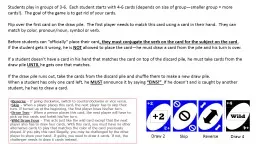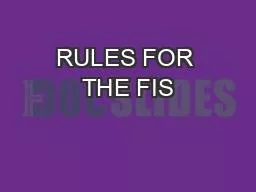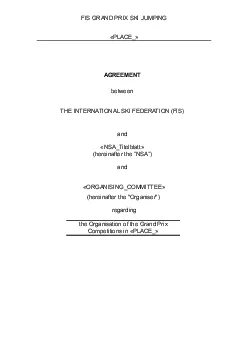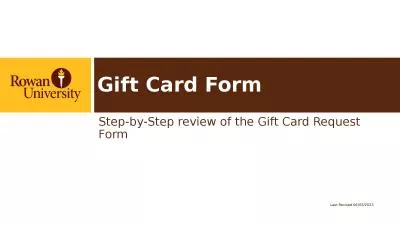PDF-P For Players Ages Up My Classic Card Games Contents cards Game Go Fis Object of
Author : cheryl-pisano | Published Date : 2014-12-02
Before you begin Remove the opossum card from the deck Shuffle the rest of the deck and deal 5 cards to each player Place the rest of the deck facedown in the center
Presentation Embed Code
Download Presentation
Download Presentation The PPT/PDF document "P For Players Ages Up My Classic Car..." is the property of its rightful owner. Permission is granted to download and print the materials on this website for personal, non-commercial use only, and to display it on your personal computer provided you do not modify the materials and that you retain all copyright notices contained in the materials. By downloading content from our website, you accept the terms of this agreement.
P For Players Ages Up My Classic Card Games Contents cards Game Go Fis Object of: Transcript
Download Rules Of Document
"P For Players Ages Up My Classic Card Games Contents cards Game Go Fis Object of"The content belongs to its owner. You may download and print it for personal use, without modification, and keep all copyright notices. By downloading, you agree to these terms.
Related Documents

